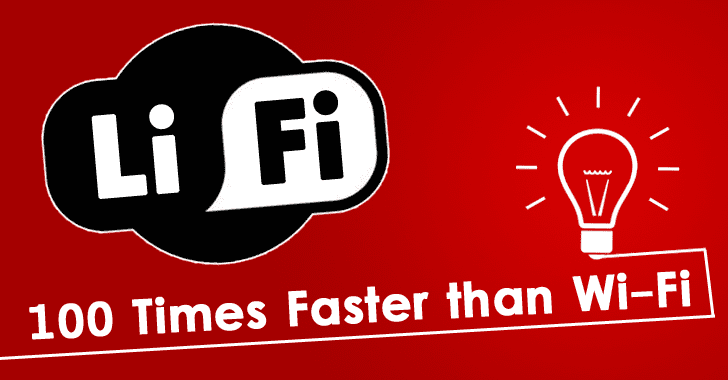Speed is something that everyone in the community related to networks has been obsessed with. Everyone wants to access information at the quickest click of a mouse. Wi-Fi technology taps into the radio frequencies, serving the needs of the present time. Well, almost.
Light, from the time of Newton has been a fascinating subject. Over the course of history, many scientists came forward and explained whatever they could about the subject. A general conclusion derived from centuries of research is that light has always been associated with power and energy. Tapping into that power and energy to transmit information and data is what the technologists want. Their work is finally starting to surface in the form of a word that you might have heard-“Li-Fi”.
So, what exactly is Li-Fi? It comes under the category of VLC. VLC stands for Visual Light Communications. Basically, an LED light will flicker at a rate undetected by naked eye. The data will be encoded in those high speed ‘flickers’. That, in the simplest of words is how a Li-Fi device will work.
What does this mean? The most basic perk that a common man will enjoy is that he’ll be able to access internet at an incredibly fast speed by just standing under a Li-Fi device, which essentially can be just a lamp or a tube light. Another advantage is the speed of transmission which the scientists say, theoretically is around 224 Gigabits/second, meaning that you one can download all the seasons of FRIENDS in HD quality in a second or two. Also, the number of connections to the Li-Fi network won’t affect the speed.
In an office setting, where the results couldn’t be replicated to the theoretical value, the results were very promising as the speed achieved was over 100 times faster than Wi-Fi. Security is an additional feature of this technology as one would have to stand in the region of light of the device. So, if someone wanted to steal your stuff, they will have to be physically present in the room to access the network. Another good thing about it is that it doesn’t interfere electromagnetically, so there are a lot of areas of medical and hospital care where this technology can be used effectively.
Like every great piece of technology, Li-Fi also comes with its limitations which I am sure will be worked upon once this tech picks up. Since, light cannot pass through walls; a single Li-Fi device will not be able to provide access to network in other rooms in the current architectural setting. Also, a bright sunny day is what we all want sometimes, but with the implementation of Li-Fi, that may become our adversary since that could mean receivers getting confused in distinguishing signals.
The technology is expected to be seen in pure Li-Fi products in this year itself. Let us see what happens. Something on the verge of a Wi-Fi VS Li-Fi battle is what I suspect.
Image Courtesy: http://4.bp.blogspot.com/-znmDvBBI7bI/Vlb4n9JhlkI/AAAAAAAAlf8/vmeA_GaqxXQ/s1600/fastest-li-fi-internet.png
Kavach Chandra





Comments are closed.